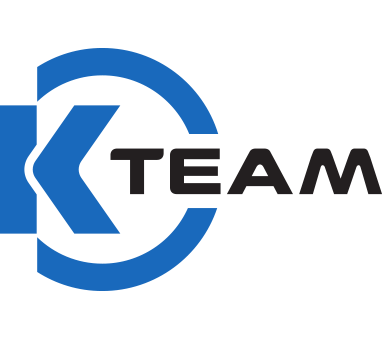Kilobot
| Introduction | Specifications | Software | Manuals / Downloads | Distributors |
Specifications
| Elements | Technical Information |
|---|---|
|
Processor |
ATmega 328 (8bit @ 8MHz) |
|
Memory |
32 KB Flash used for both user program and bootloader, 1KB EEPROM for storing calibration values and other non-volatile data and 2KB SRAM |
|
Battery |
Rechargeable Li-Ion 3.7V, for a 3 months autonomy in sleep mode. |
|
Charging |
Kilobot charger (optional) |
|
Communication |
Kilobots can communicate with neighbors up to 7 cm away by reflecting infrared (IR) |
|
Sensing |
When receiving a message, distance to the transmitting Kilobot can be determined |
|
Movement |
Each Kilobot has 2 vibration motors, which are independently controllable, allowing for |
|
Light |
Each Kilobot has a red/green/blue (RGB) LED pointed upward, and each color has 3 |
|
Dimensions |
The diameter is 33 mm and the height is 34mm (including the legs) |
|
Software |
The Kilobot Controller software is available for |
|
Programming |
For programming, the open source development software WinAVR combinated with AvrStudio from Amtel gives a C programming enviromnent. An API with basic functions such as motor speed, led control, distance measurement,… is available and some examples are provided. |
|
Debug |
A serial output header is available on each robot for debugging via computer terminal. |
| Simulator | V-REP, realistic 3D Simulator and robot programming (included for education), with Kilobot model. |
